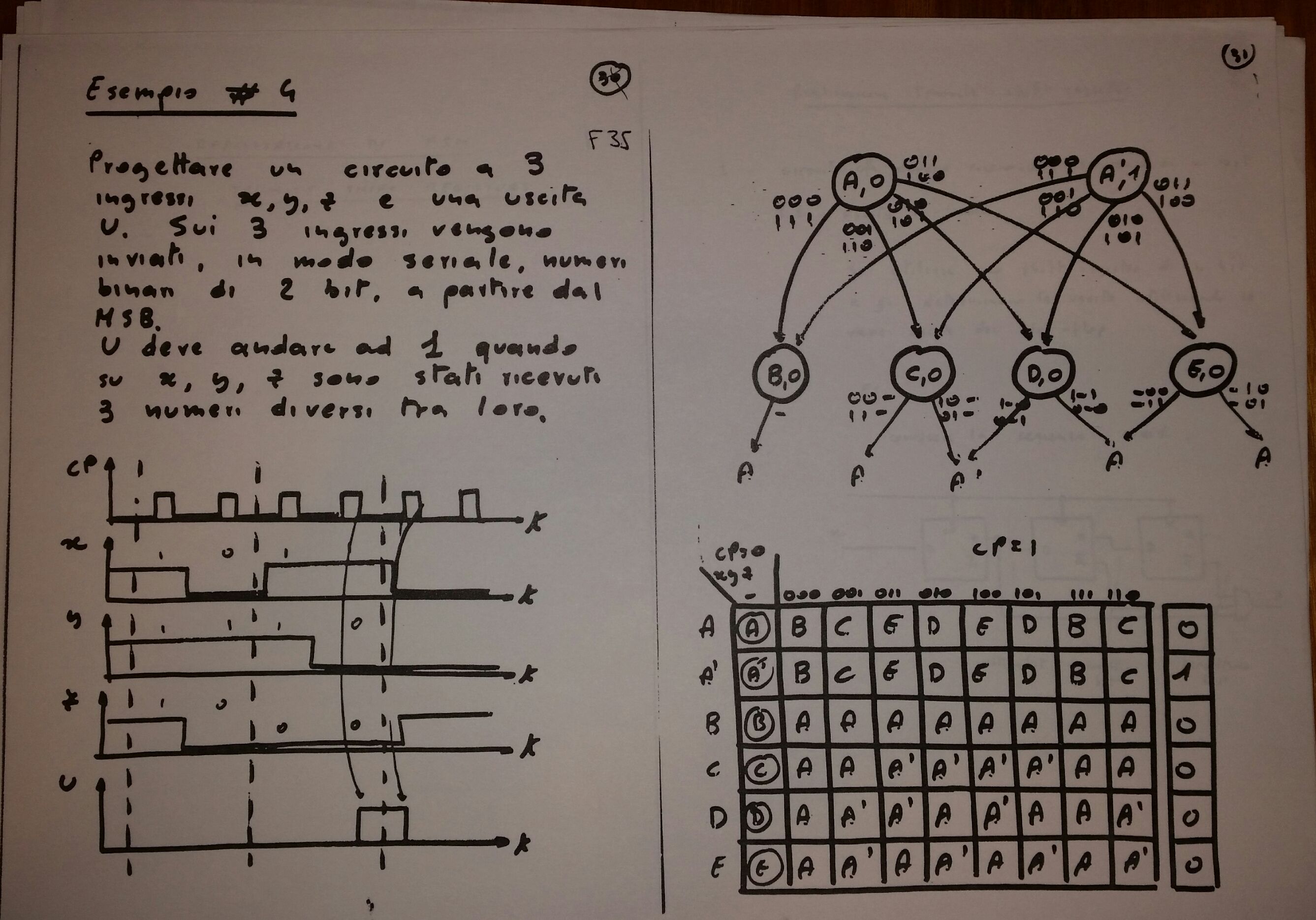One thing I believe the other answers are missing is that we relied a lot more on the book. I studied Chemical Engineering from 2000-2007 (B.S. and Ph.D.) and only had two courses that used powerpoint slides (a seminar course and a biochem course). The rest used the blackboard/whiteboard, lectures, or overhead projectors with the occasional slide, usually for diagrams or pictures, but every once in a while, for text.
We had to write notes down based on what we would guess were the most important things, and/or what we thought we would have trouble remembering. Usually though, the result was that everyone would just try to copy down everything that went on the board, whether it ended up being important or not, and not much else. As you can imagine, that method didn't work out very well for people who were not skilled note-takers in classes where the instructor was not a skilled note-giver. So, we relied on the book. The book contained all the information we needed, for the most part, and the lecturer's role became to explain the more difficult concepts, or elaborate where the book was lacking. This also left less time for working through example problems in class, which meant sample problems in the book were even more important.
After graduation, I taught for a couple of years. I used power point slides in my classes (Chemistry) for two reasons - it let me focus on explaining things and solving problems on the blackboard rather than trying to sketch all the pictures myself, and it gave me a way to summarize the important points in a reusable format that the students could just download, which usually meant they didn't have to try to copy everything down, and could instead listen to what I was saying. I think it was effective, and my students seemed to agree - but the key was to make the slides mostly pictures, with key points to move the "story" along. Otherwise, students would "zone out" and think they didn't have to pay attention in class.
Powerpoint (or really any type of slides) have made it possible to teach more effectively, if they are used appropriately. This is mainly because you can use more effective graphics, and it reduces the amount of time you need to spend writing notes, which gives more time for example problems and in-class exercises. On the other hand, a bad lecturer with slides is still going to be less effective than a good lecturer without them. For example, I had one course where the instructor literally hand-copied text from the book onto overhead projector slides, and would just read it. Lectures were an almost complete waste of time. Doing that with powerpoint instead would be just as ineffective.
A side effect of this is that students are seeing less and less of a need to use the books for courses. When they believe that all the necessary material is available in slides online, they naturally want to take the easier route and skip reading the book. I had to work pretty hard in the classes I taught to get my students to think of the book as a primary resource.


